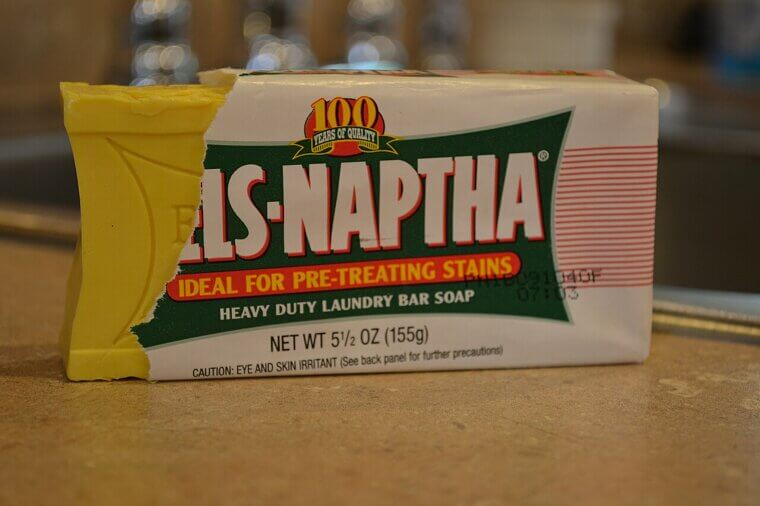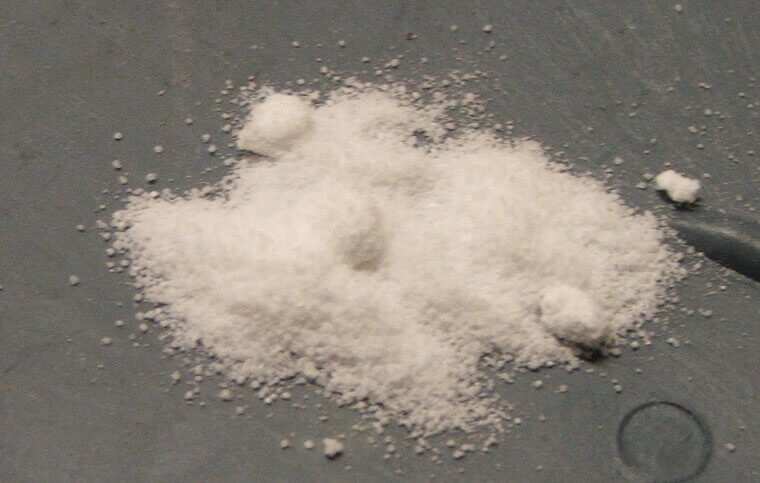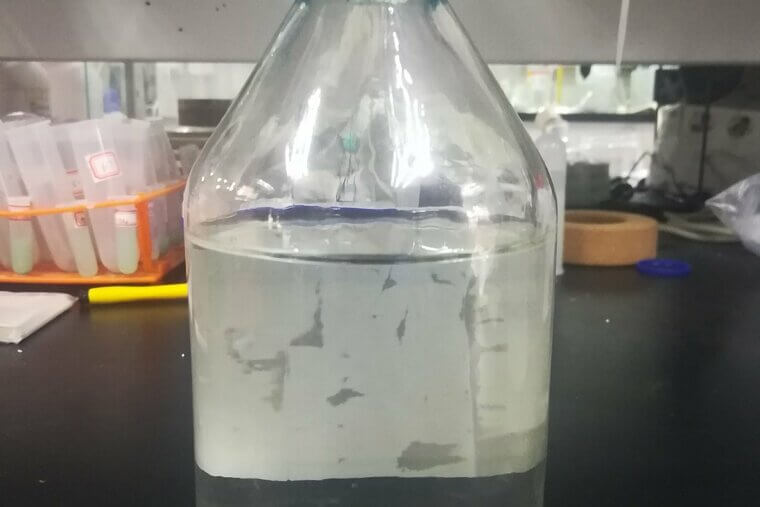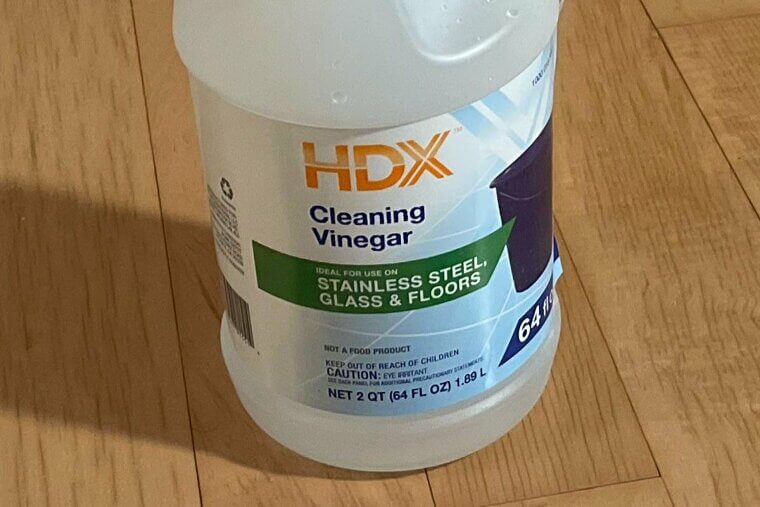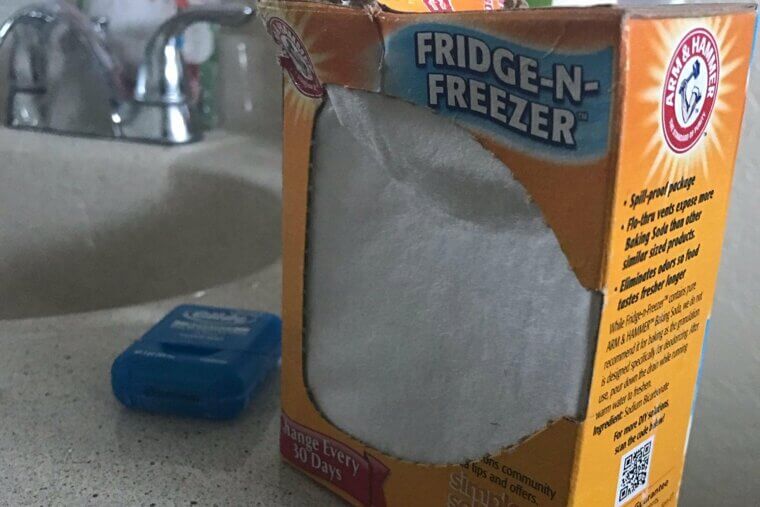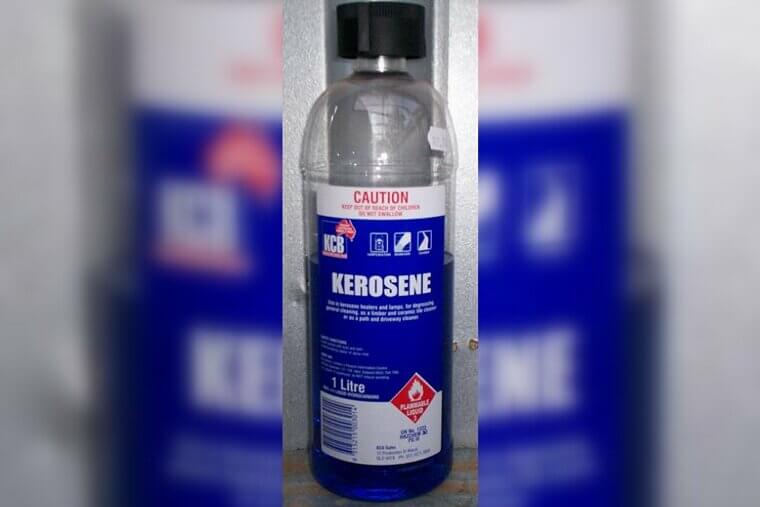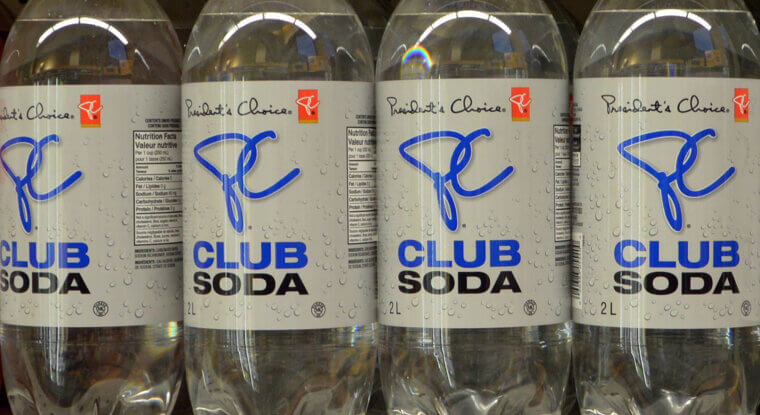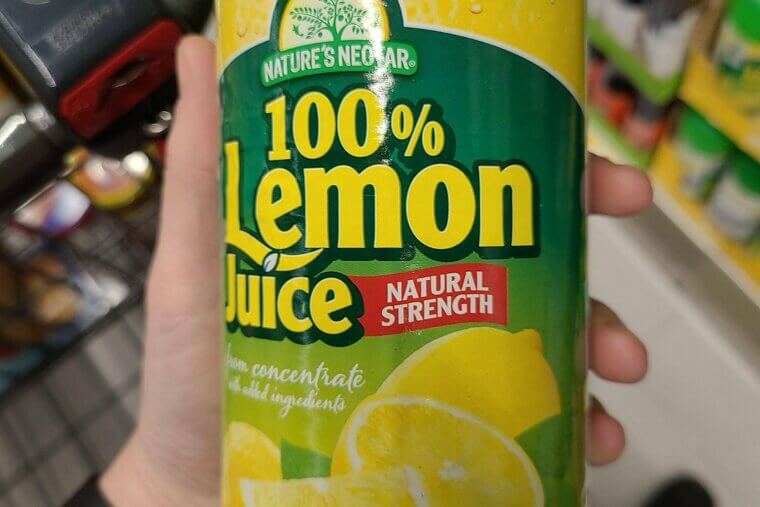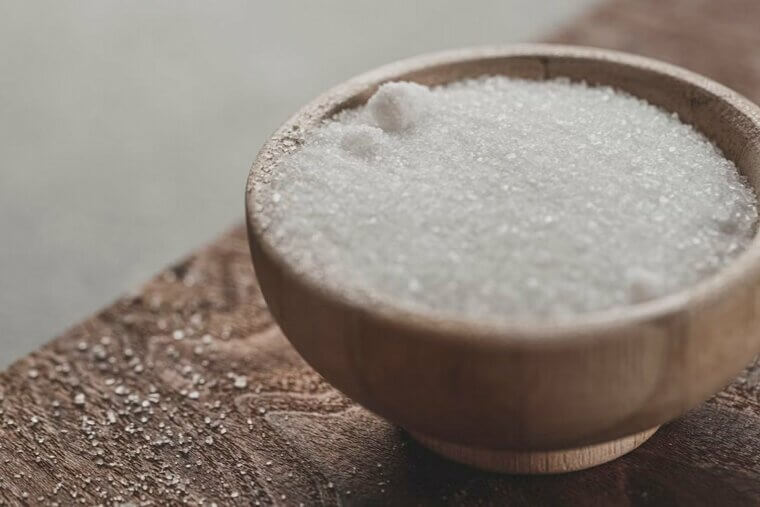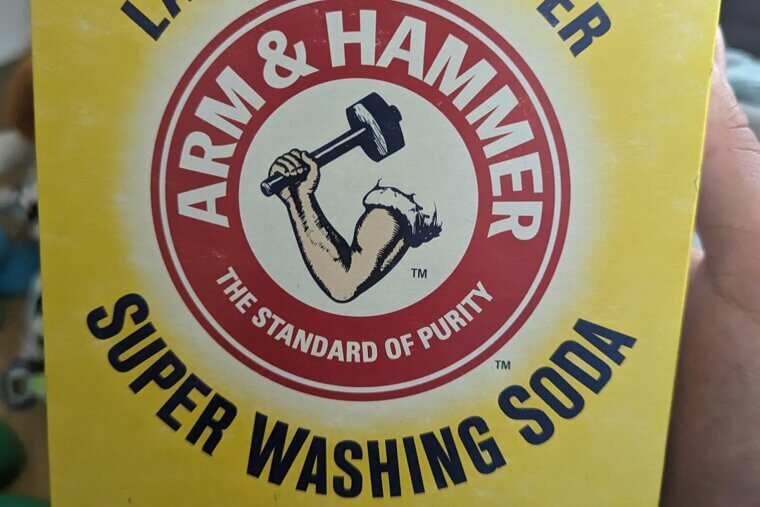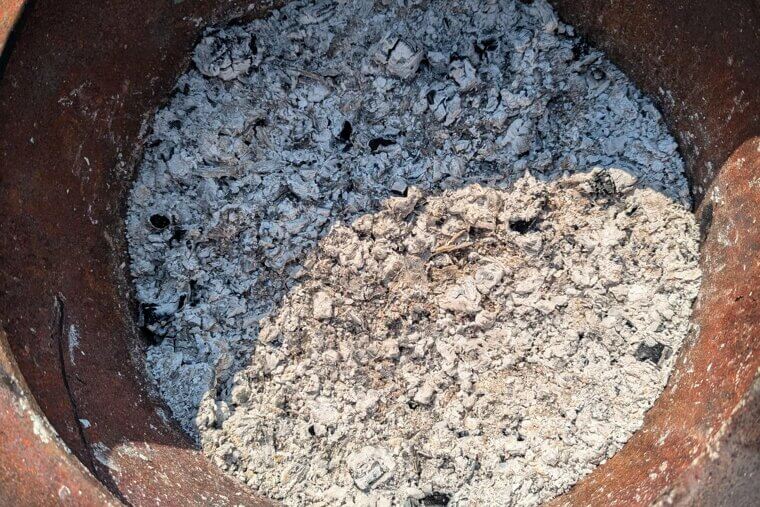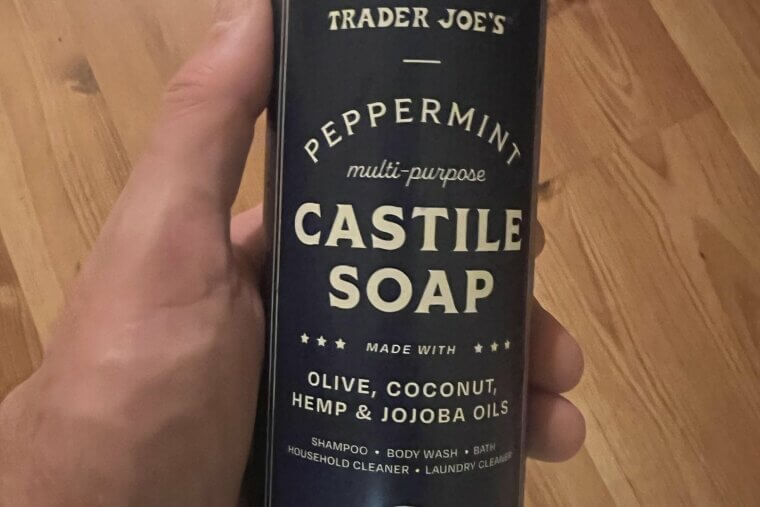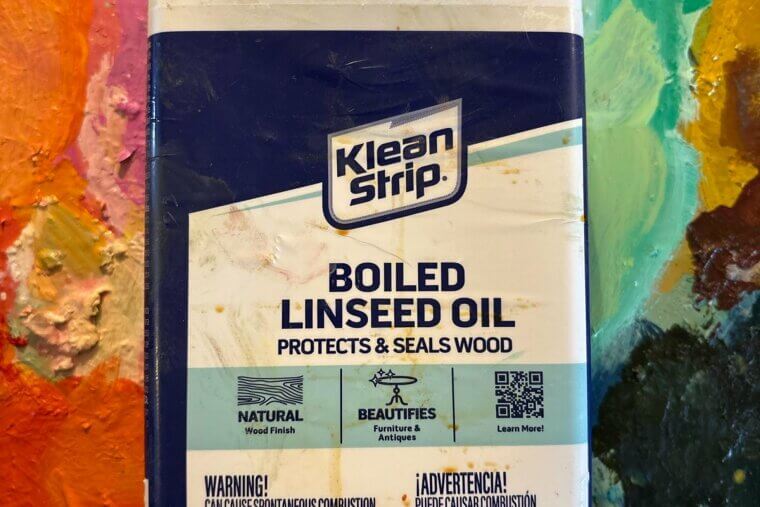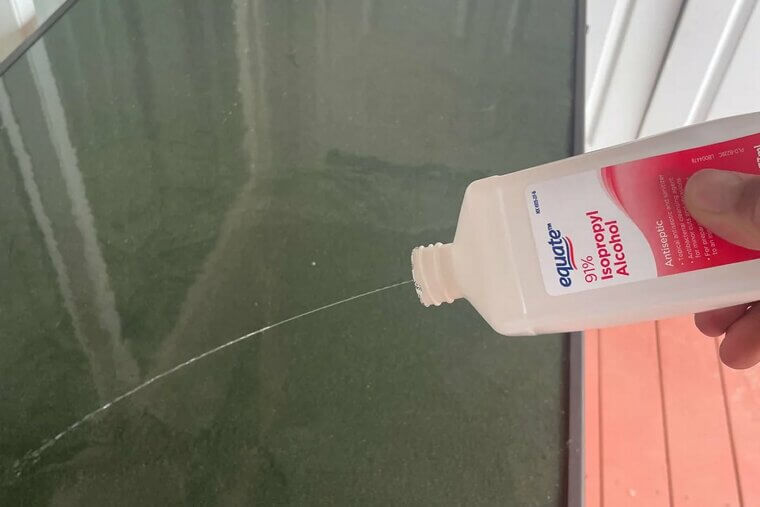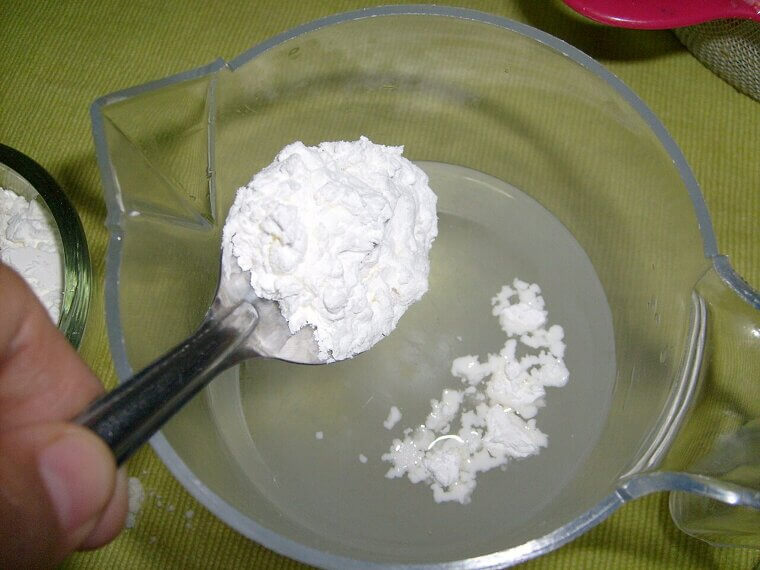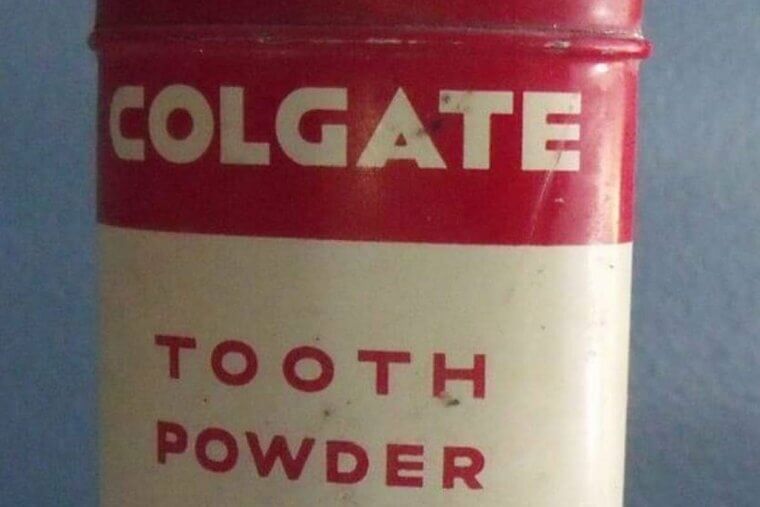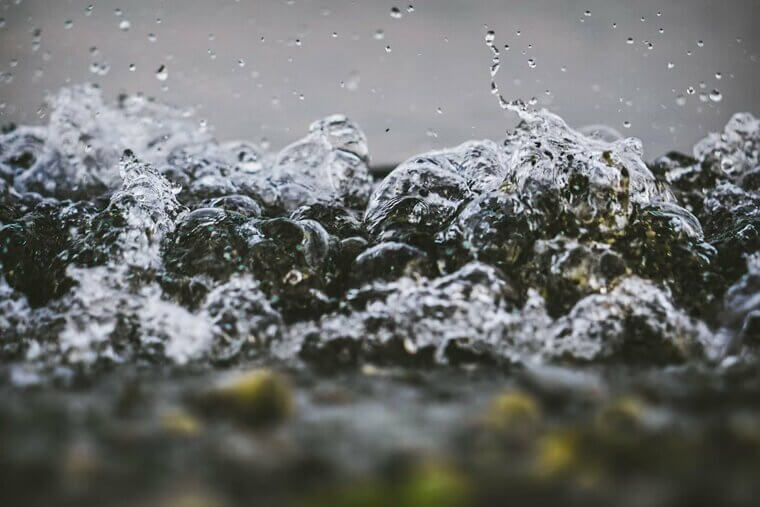Cleaning Was Different Back in the Day
Cleaning has come a long way since Grandma used to do it. Cleaning technology is big business now, and it hardly seems like a day doesn’t go by when there’s something new on the market. But back in the day, people used all different things, some of them quite wild and some of them downright unsafe. Read on to see how our grandparents survived the world of cleaning.
Fels-Naptha Soap
Once the go-to stain remover of housewives everywhere, Fels-Naptha was a solid yellow bar that tackled grease, grass, and mystery dark spots on laundry. People used to rub it straight onto clothing before tossing it in the wash. It’s still around, but way less common.
Borax
Your grandma probably had a box of Borax tucked under the sink. This powder cleaned everything: laundry, sinks, even floors. It softens water, lifts stains, and even deters pests like bugs. And you can still get hold of it today if you’d like to give it a try!
Ammonia
Before there were twenty different types of brightly colored kitchen sprays, people reached for plain ammonia. It cut through grease like nobody’s business and was a favorite for cleaning ovens, windows, and tiles. Trouble was, it didn’t smell very nice, and was toxic when mixed with bleach.
Vinegar
People think of vinegar as something you put on French fries, but it used to be used for cleaning too. In some cases, it still is! It’s cheap, safe, and eco-friendly - but that unpleasant smell can be a turnoff for lots of people. It’s a matter of weighing up smell vs effectiveness, really.
Baking Soda
This is another one that’s gradually fallen out of fashion, but some people still swear by. People would mix baking soda into a paste for scouring pans, put it on their carpets, or just sprinkle it in the fridge to fight smells. It's still one of the cheapest, most versatile cleaners around, and it doesn’t have a lot of chemicals in it the way some household cleaners do.
Bluing Agent
Ever heard of adding “blue” to your laundry? Back in the day, folks used laundry blueing to brighten whites. It didn’t actually remove stains - it added a blue tint that made whites look whiter, but that was good enough for a lot of people. You can still get hold of it these days if you know where to look.
Kerosene
Yeah, this was a downright dangerous one. Believe it or not, none other than kerosene was once used to clean everything from greasy tools to floor stains! It cut through grime like nothing else - but it’s flammable. That’s kind of a big issue. So let’s leave this one in the past where it belongs.
Club Soda
Your grandmother might’ve reached for club soda when she spilled red wine everywhere. It fizzes up and helps lift stains before they set in. People used it on carpet spills, upholstery, and even clothing. It’s not quite as powerful as modern stain removers, though, which is why it’s fallen out of fashion.
Lemon Juice
Lemon juice is another thing people both ingest and use to clean with. People used it to cut grease, shine brass, and bleach stains in the sun. The natural acidity helped disinfect and brighten, plus it smelled pretty good.
Salt
Salt can be used to season your meals, and it can also be used to clean. People used it to scrub pans, brighten copper, and even soak up red wine spills back in the day. When mixed with lemon juice or vinegar, it became a powerful and most importantly cheap cleaner, and some people still use it today.
Washing Soda
Before detergent pods and bright-colored plastic jugs, there was washing soda, also known as soda ash. It's a stronger cousin of baking soda and used to be a staple of all laundry rooms. Your grandma probably used it to great effect, and you can too.
Wood Ash
Now this one is really going back a long way. Once upon a time, people mixed wood ash with animal fat to make lye soap. A little closer to the present day, and they discovered wood ash had cleaning uses on its own, for example for scouring pots.
Castile Soap
Originally made from good old fashioned olive oil, Castile soap was a soft, gentle cleaner used for everything from washing hands to scrubbing floors. It came in bars or liquid form and was prized for being all-natural. People still use it today, especially in environmentally friendly households where they don't want too many chemicals.
Turpentine
Yep, another flammable one! Safety standards were not high in your grandmother’s time. People used this stuff on greasy stains and scuff marks, and then presumably had to watch out for open flames. Don’t try this one at home.
Linseed Oil
Linseed oil was the go-to polish for wooden furniture and floors not so long ago. You had to rub it in by hand and let it cure, but it gave furniture a rich, warm glow. It’s still used by woodworking enthusiasts, but it’s less common than it was.
Rubbing Alcohol
Believe it or not, rubbing alcohol works wonders on glass, chrome, and gross sticky stuff. It dries quickly and kills a lot of germs, though it’s not gentle on all surfaces, which is probably why it’s fallen out of fashion. People use it more as a hand sanitizer now.
Cornstarch
You might think of cornstarch for gravy, but your grandma might have used it for cleaning her windows and other glass objects. When mixed with water or vinegar, it leaves a streak-free shine. Definitely worth giving it a try one day if you want a change from traditional window cleaners!
Tooth Powder
Before toothpaste in tubes, there was tooth powder, weird as that may sound. Usually made from baking soda, salt, and sometimes charcoal, it doubled as a gentle abrasive and people used it to clean all sorts of household objects. You’ll have difficulty finding any today, though.
Boiling Water
Boiling water was the answer to everything back in the day, from unclogging drains to disinfecting countertops. People poured it over greasy dishes, stuck-on food, or even laundry stains, and it worked. Just be careful when you use it, because some modern surfaces may not be able to tolerate the heat. And definitely don’t use it around young children or pets.
Vinegar and Newspaper
Before microfiber cloths, folks cleaned windows with vinegar and crumpled newspaper. It worked! The vinegar cut grime and the newspaper didn’t leave lint. If you have some old newspapers lying around, it might be worth giving this one a try – and tell your grandma all about it, too.


